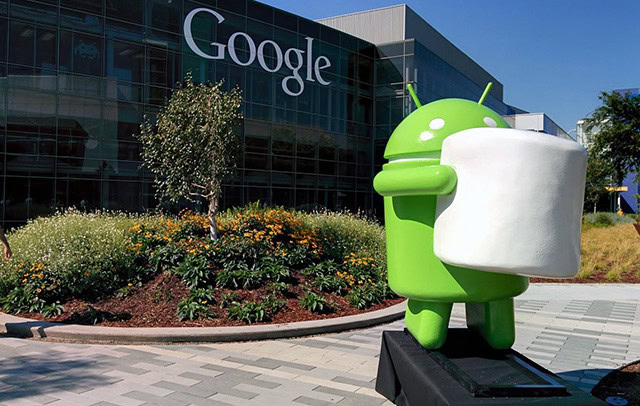Affiliate links on Android Authority may earn us a commission. Learn more.
Conclusions after a year of tracking Marshmallow updates
Published onOctober 25, 2016
For people like us who live on the bleeding edge of consumer tech, the release of a new version of Android is as exciting as it is foreboding. On the one hand, we want the newest version of Android and we want it now. Unfortunately, unless that smartphone in your hand carried the Nexus name, the release of a new version of Android means the start of what could potentially be a pretty lengthy wait for the update.
As you’re surely aware, Android 7.0 “Nougat” was released just over two months ago, bringing with it a host of new features like built-in multi-window support and the prospect of the freaky-intelligent Google Assistant (assuming the Assistant makes it onto non-Pixel devices). Those of us who aren’t using Nougat-clad devices like the LG V20 and Google’s own Nexus Pixel phones are probably wondering when to expect an update to Nougat. Unfortunately, we can’t be sure when, exactly, any particular device will receive the update outside of vague approximations.
Assuming the Android 7.0 roll-out echoes the Android 6.0 roll-out — which would be good news for some and a horror story for others — let’s see what we can infer about the update process for future Android versions, and in general, after a year of tracking Marshmallow updates.
Who impressed us
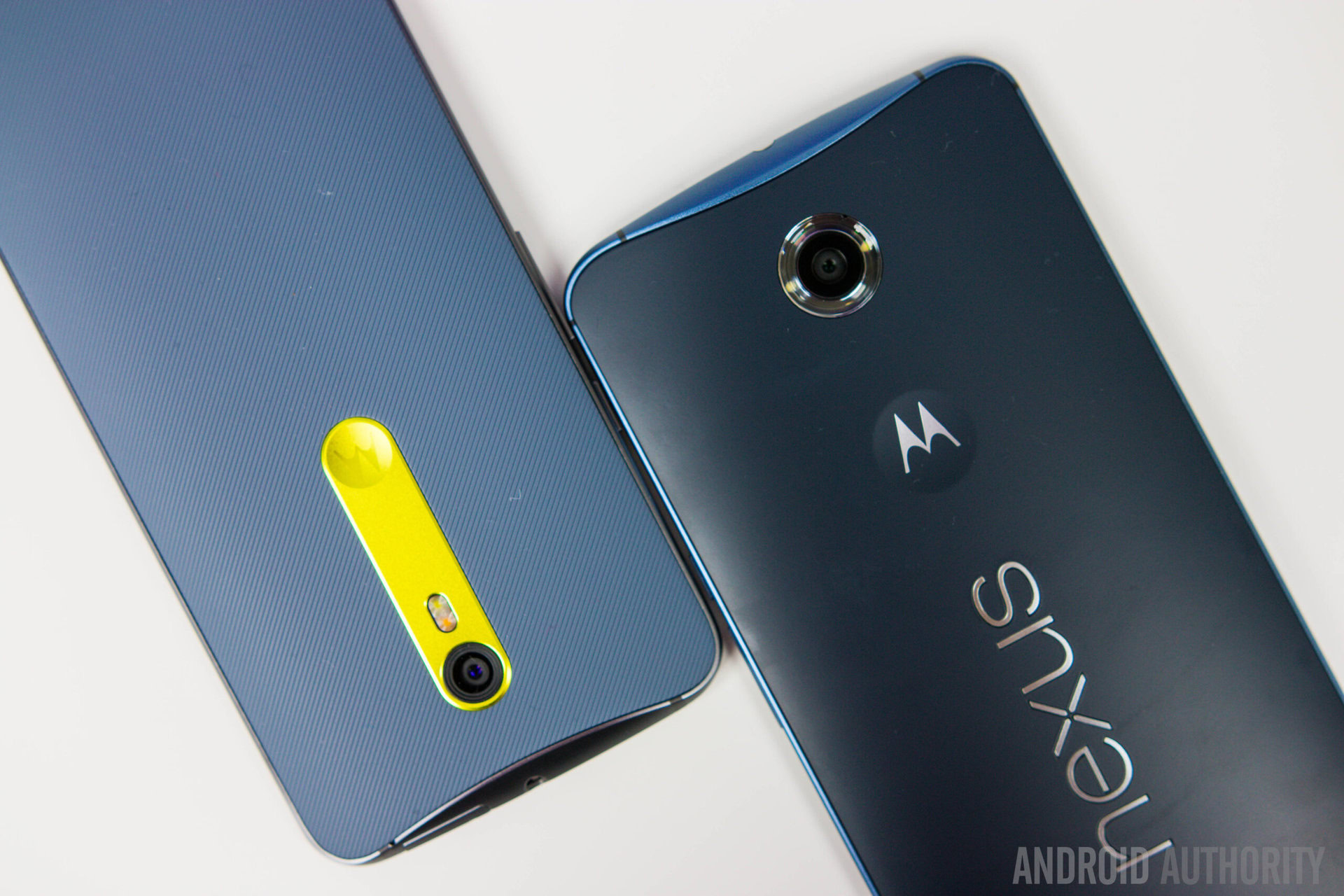
The very first devices to run Android Marshmallow were the LG-made Nexus 5x and the HUAWEI-made Nexus 6P, which shouldn’t be surprising since these were Google’s Marshmallow launch devices. About a week later, older Nexus devices — the Nexus 5, Nexus 6, Nexus 9, and Nexus Player — received the Marshmallow update. Of course, we would expect for Google to have a near-immediate roll-out for its own devices, especially since that’s had been the pattern previously, so whether or not this is impressive is a matter of opinion.
After the Nexus family was Marshmallowed, Lenovo-owned Motorola (Lenovorola?) was officially the fastest to bring Android Marshmallow to non-Nexus devices. To be specific, several 2015 editions of the Moto G and Moto X lines saw Marshmallow updates before the end of the year with some reporting updates as soon as late October. Any way you slice it, quick turnaround for Android updates is one of Lenovorola’s main strengths (though not without a few pitfalls like slow or non-existent carrier version updates) and so hopefully things will remain the same, or even better, with the release of Nougat. Other OEMs should take note that this is a major benefit to making only minimal changes to the Android OS.
Meanwhile, LG quickly went to work and released Android Marshmallow to the LG G4 and the previous year’s G3. Say what you will about the company’s polarizing Android skin, but LG definitely impressed with its speed at getting Marshmallow to consumers’ hands. The first Marshmallow updates began to appear on both the G3 and G4 before the end of 2015 with a large chunk of LG users receiving the update by just a few weeks into 2016. There were some stragglers, though, who waited a bit longer for these updates, particularly those on the Verizon and AT&T networks, but this discrepancy wasn’t technically LG’s fault.
Who we respect
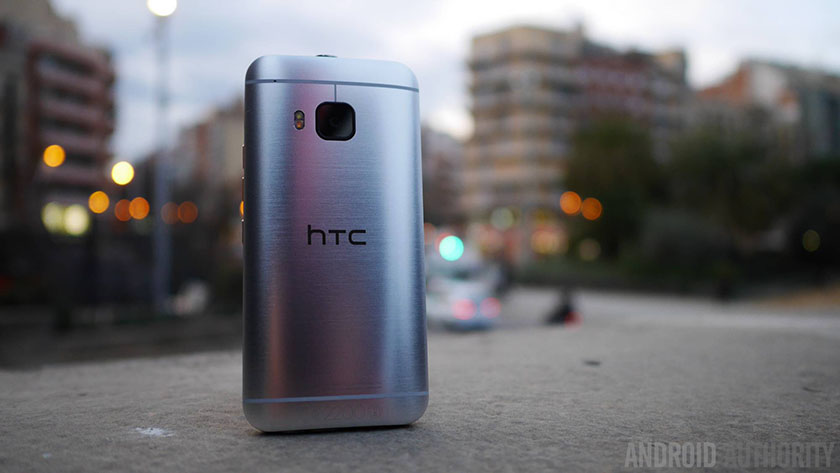
When an OEM lacks the rapid-fire updates many Moto fans enjoy, there’s another characteristic we can respect, and that’s transparency. Especially when you’re begrudgingly stuck with last year’s version of Android, watching more and more of your friends enjoying the latest and greatest of Google’s mobile OS, it can be extremely frustrating for the manufacturer of your device to refuse any sort of timeline for the coveted update. It’s understandable that OEMs want to avoid committing to a date they may not be able to make, but as consumers who are sometimes fiercely loyal to certain technology brands, we want to be reassured that we won’t be last in line.
HTC is one of few companies to be relatively transparent with their updates. On the day that Google unveiled the Nexus 5X and 6P, Jason Mackenzie, President of HTCAmerica, took to Twitter to confirm which devices users would be updated to Marshmallow, two of which even had tentative release periods. Granted, those periods would come and go without any updates to be seen, but the actual release dates weren’t far off: The HTCM8 and M9 began receiving their Marshmallow updates just after the start of this year. Obviously, the HTC10 launched in May with Android Marshmallow right out of the box. Hopefully, HTCwill follow a similar, if not even better, release timeline with Nougat.
Historically, it hasn’t seemed like updates were that important to ZTE, but Axon changed all that
This year’s Axon 7 really put ZTE on the map, but last year’s Axon Pro was a great device, too. Of course, the Axon Pro launched with Lollipop, which left many users anxious since receiving Android updates from ZTE isn’t something that many people have a lot of experience with. Historically, it hasn’t seemed like updates were that important to ZTE, especially for lower-range devices, but the company garnered some respect by getting the Marshmallow update out to the Axon Pro by February. With the Axon 7 being the first Android device to be officially designated as Daydream ready, all signs seems to indicate that the Axon 7 will get Android Nougat sooner rather than later.
Dishonorable mentions
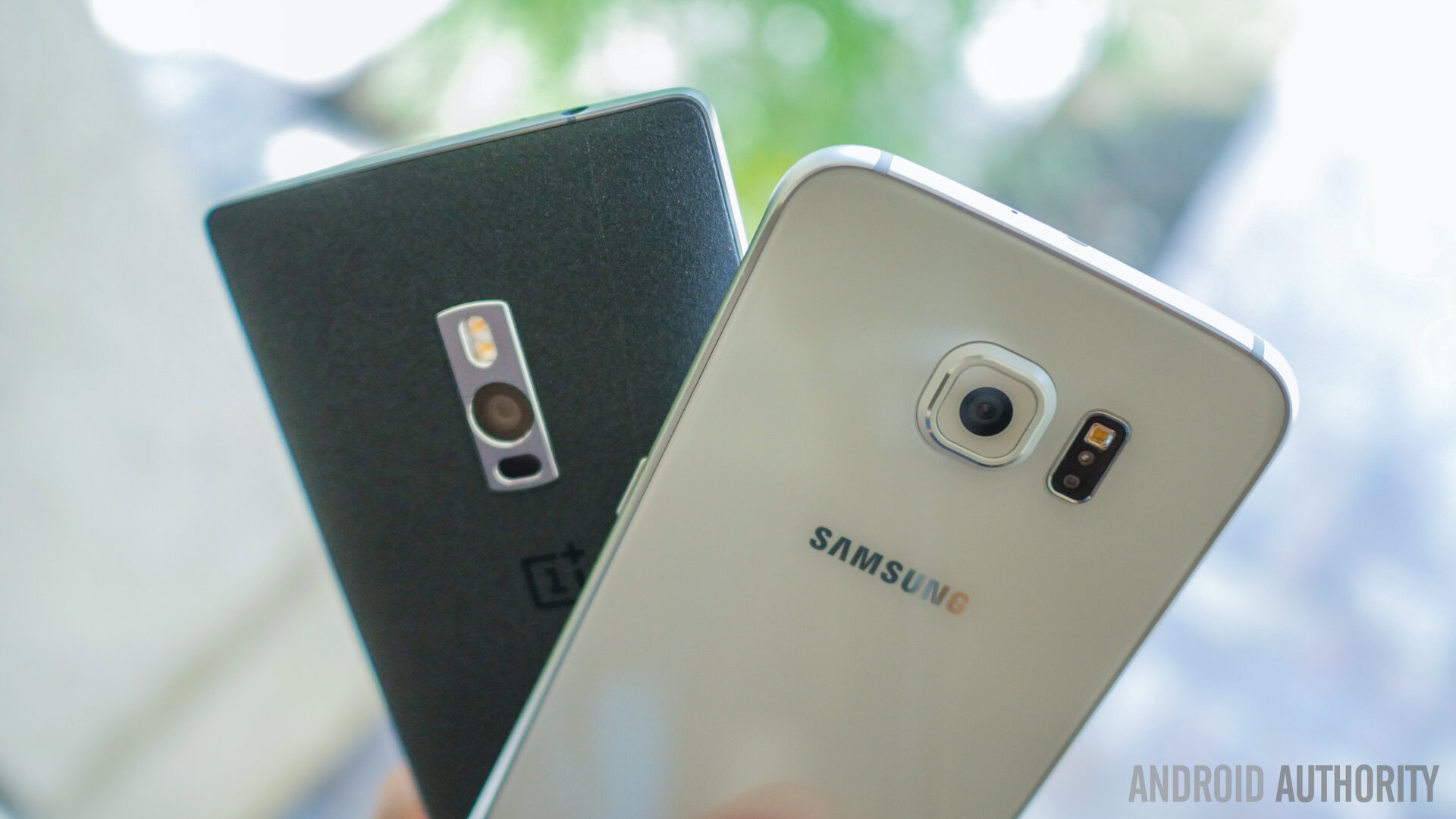
It’s difficult to find a place for Samsung on this list because the company rolls out updates in phases with a few devices getting them extremely quickly and the vast majority in for an obscene wait. But as you can see from the previous sentence, it’s clear which is the most appropriate spot for Samsung on this list.
Samsung was reasonably responsive with the previous year’s Lollipop updates, so it took many Galaxy users by surprise when they ended up waiting for Marshmallow until September.
Samsung was reasonably responsive with the previous year’s Lollipop updates, so it took many Galaxy users by surprise — particularly owners of the Note 4 on the AT&T network — when they ended up waiting for Marshmallow until September. Even Note 5 owners on AT&T had to wait until late June for the update that other carriers had been releasing since March. Of course, this situation is more a reflection of how long a carrier’s meddling can extend the wait for an update since Samsung had officially released the Note 4 update several months earlier. However, Marshmallow didn’t start making it to the S6 and S6 Edge until March when Sprint customers began receiving the update, which is significantly later than other carriers, as well as Samsung’s, Lollipop update schedule the previous year.
As much love as most of us have for the OnePlus 3, OnePlus definitely deserves its place at the bottom of the pack due to how long it took for the OnePlus 2 and OnePlus X to get Marshmallow updates. In November of last year, OnePlus announced its intention to have Android Marshmallow out to the OnePlus 2 and OnePlus X by the end of Q1 in 2016. Unfortunately, Q1 came and went, and Marshmallow for the OnePlus 2 didn’t come until early summer. For OnePlus X users, Marshmallow didn’t come until September 29; yes, that’s just a few weeks ago. Fortunately, the young company takes user feedback very seriously and seems to be upping the ante in terms of its software.
Another dishonorable mention goes to Sony. Although the company didn’t leave many devices out of its update lineup, it wasn’t until March that Xperia Z5 — one of Sony’s big flagships of 2015 — started to receive the Marshmallow update. In fact, unless you happened to be in Sony’s Marshmallow beta program, anyone using any one of Sony’s several Xperia devices probably waited until late spring or early summer to get Marshmallow.
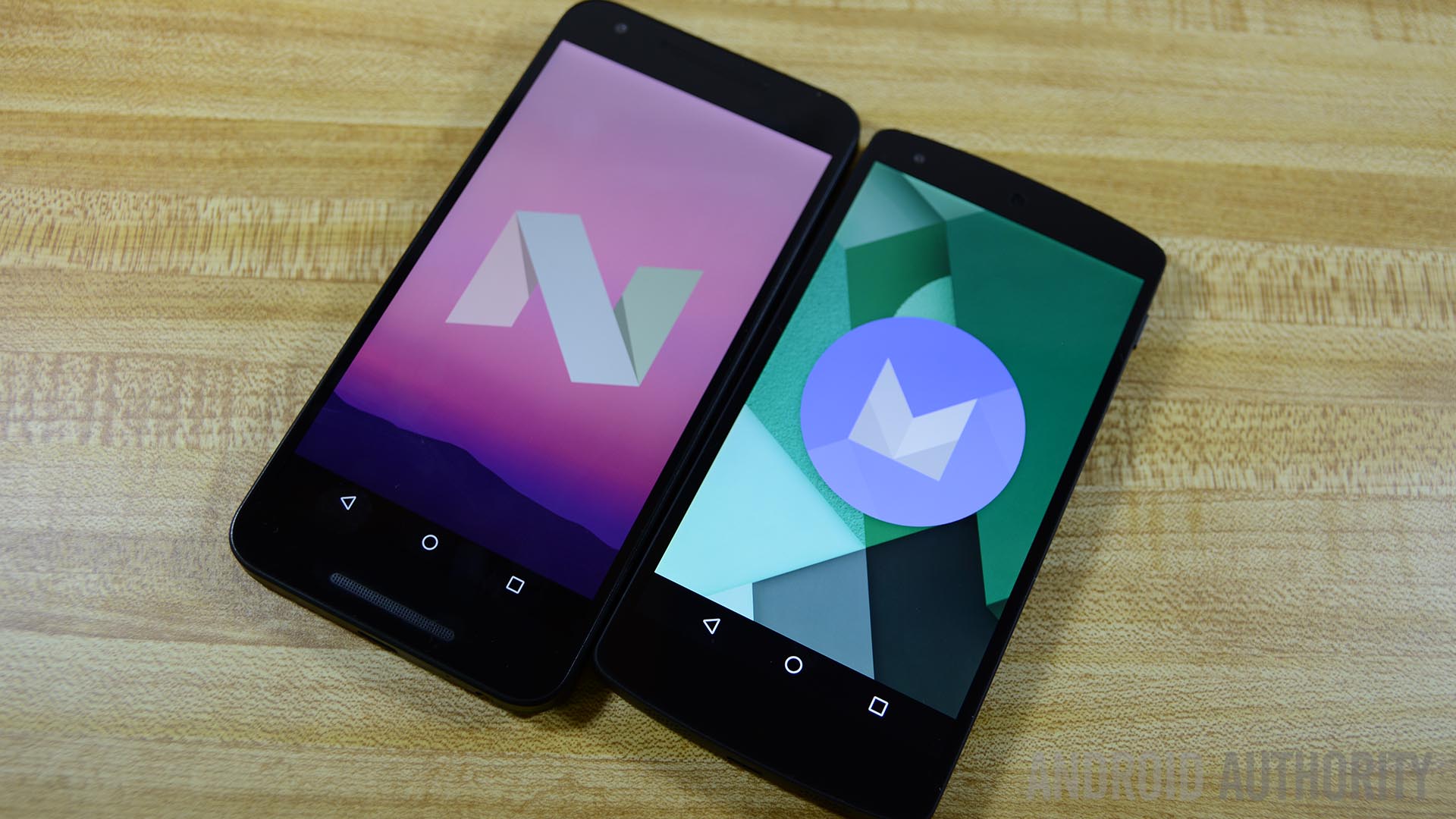
Looking back over a year of Marshmallow updates, there are a few things that stand out. First, Moto and LG devices were among the very first outside the Nexus family to receive Marshmallow. As well, those who waited the longest for Marshmallow were those of us with Samsung, Sony, and OnePlus devices. HTCdidn’t take an unreasonably long time to update its flagships, and ZTE was relatively responsive at updating the Axon Pro, too.
Although there are exceptions, it’s possible that having several models of current-generation devices, as well as having millions upon millions of those different devices in use, complicate and prolong the update process. Perhaps most importantly, there’s clearly a discrepancy — oftentimes a big one — between when an OEM releases an update and when wireless carriers release an update; this might discourage some of us from buying carrier-locked devices and, instead, purchase unlocked models directly from the OEMs.
Is the OEMs that are the quickest with updates the ones you would have expected? What about the slowest? Do you think the Nougat update will go the same way? Sound off with your thoughts and feedback in the comments below.
